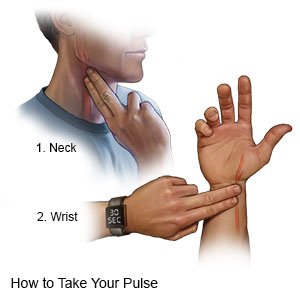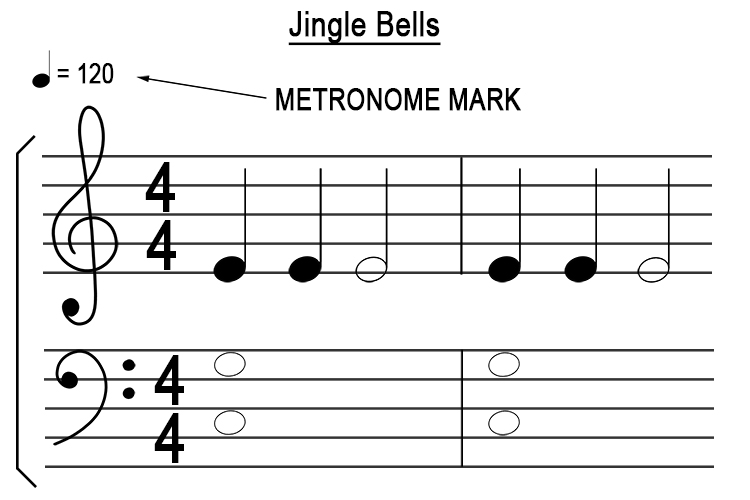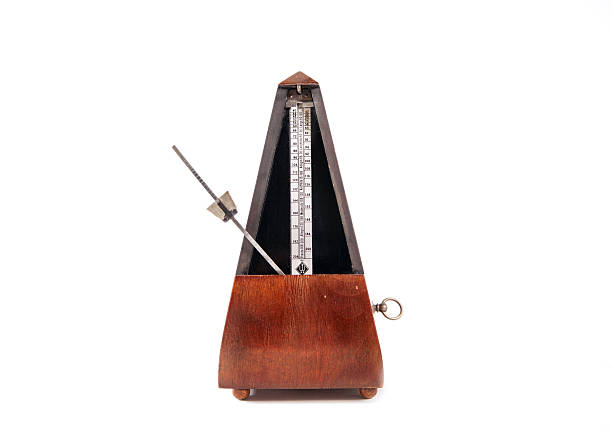Don’t Fear the Theory – 1
Welcome to Don’t Fear the Theory, an introduction to music theory for everyone, particularly people who make music already. Each week’s section will take about five minutes to read, and will have ideas for you to explore further if you want to.
The first aspect of music we’re going to explore is PULSE.
You know what a pulse is, right? It’s a place where you can feel your heartbeat. If we can’t find your pulse, you are in serious trouble.

Your pulse keeps going the whole time. If you’ve just run upstairs you will be able to feel your pulse really strongly. If you’re asleep or eating your tea, you don’t even feel it, but it’s there all the time, keeping you alive.
The pulse in a piece of music is the heartbeat that keeps it going all the time. It’s a regular beat. Sometimes it’s really obvious, in a piece of music with a drumbeat. Sometimes it’s hard to hear when the music has long notes and no drums. But it’s there all the time.
When your foot taps to a piece of music or you feel like clapping along, that’s the pulse that you are feeling. People talk about clapping “to the beat” but I’m going to use the word beat very specifically, for ONE unit of the pulse. The pulse is made of a series of equal beats.
What you need to understand about the pulse is that it’s still going on when you have a long, long note, or a silence. Each note and silence has to be the right length so that the pulse keeps going.
If the pulse stops or is uneven, the music doesn’t feel right. As the graphic at the top of the page shows, a regular heart beat is healthy, and an uneven one is worrying. If you’re playing or singing, you have to keep that pulse going. It’s a bit like a video game where the background scrolls along and you have to keep up with it. You have to feel the pulse in your body, and communicate it to your audience.
The pulse can be any speed. We measure it in beats per minute, like a nurse measures your pulse. The speed of the pulse is called the Tempo. That just means “time” in Italian, the language that is used extensively for instructions in classical music.
Try tapping along to these different pieces of music and feeling the different speeds:
The slow movement of the Ravel piano concerto in G – about 72 bpm*
*You’ll find that different performers of classical pieces will choose slightly different tempi (that’s the plural of tempo).
Ever fallen in love with someone by the Buzzcocks – about 178 bpm
The Dies Irae from the Mozart Requiem – about 148 bpm
This is 84 beats per minute
We can use a gizmo called a metronome to give us a steady pulse at a certain tempo – here’s a real-life clockwork one, and two digital apps that do the same job.

I’ve used my phone app to work out the tempo of the tracks above. You tap along and it tells you the speed. It’s very hard to tap consistently. Trying to keep an absolutely regular pulse going is hard and gives you a lot of respect for drummers.
On recording software you get a click-track so that if you are singing and playing you stay in time.
If you sing in a choir or play in a band, the pulse is what your conductor is showing you with their hands. It’s the ESSENTIAL thing. Everybody needs to feel the same pulse for us to make music together.
Something to try:
Turn on the radio to a random music station. Can you tap along regularly to whatever is playing? Use a hand on your thigh – it generally feels less stupid than clapping.
Try a different station in a different style – Kerrang! or Jazz FM.
Try another station – maybe Classic FM or Radio 3.
Are different genres of music easier to tap along to?
I’m keeping comments open on these pages – let me know how you get on!
Vocab of the week:
PULSE – heartbeat of the music, a succession of regular beats.
BEAT – one unit of pulse.
TEMPO – speed of the pulse
METRONOME / CLICK TRACK – device for generating a pulse at a particular tempo
What to look for on the page:

The information about the tempo of the pulse is at the top left of the piece. There may be a metronome mark showing how many beats per minute, or just a descriptive word telling you whether it’s fast, slow, or moderate – or tell you about the mood: lively, melancholy, or jaunty.


